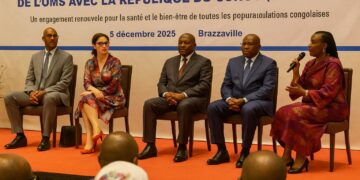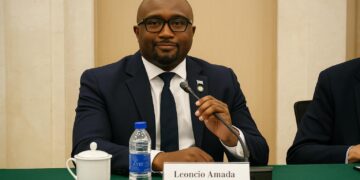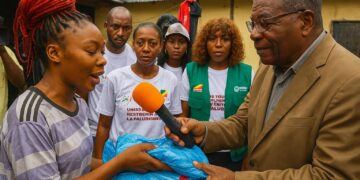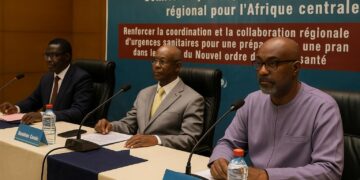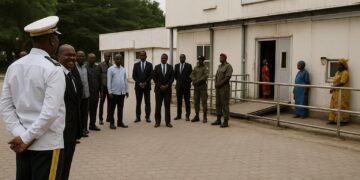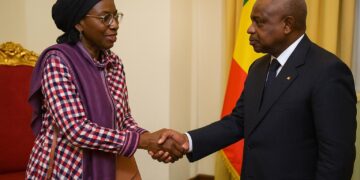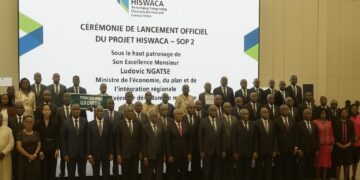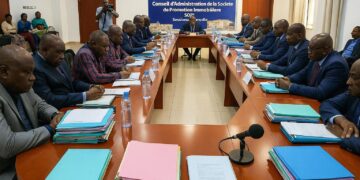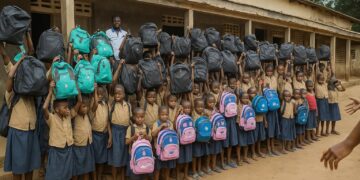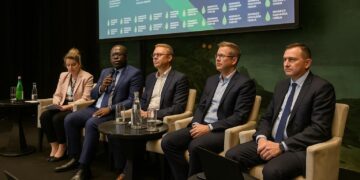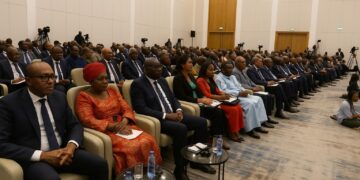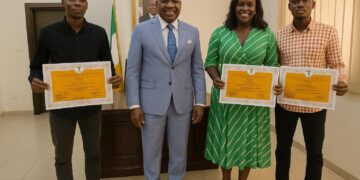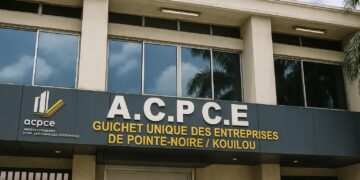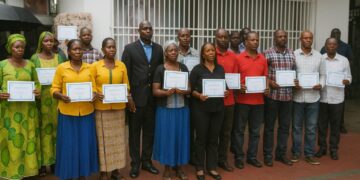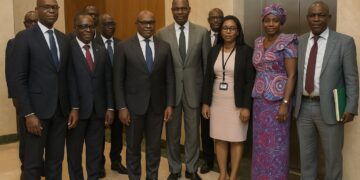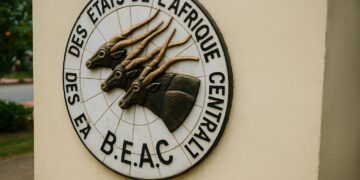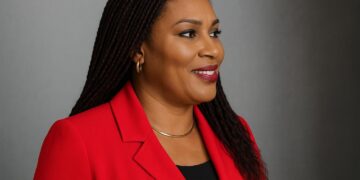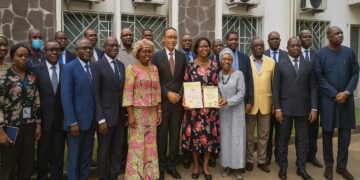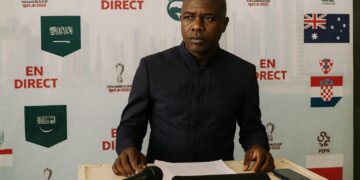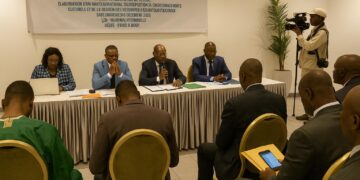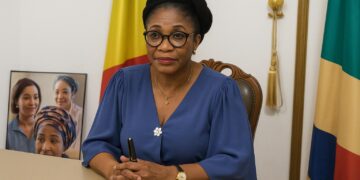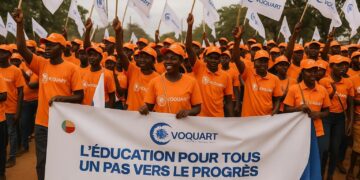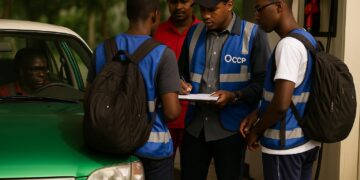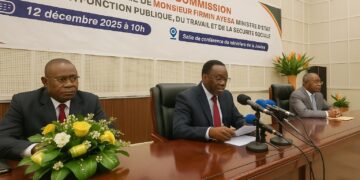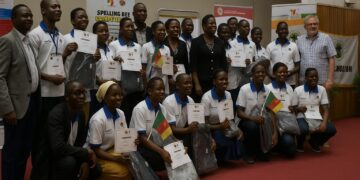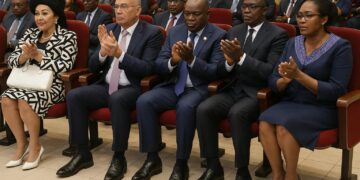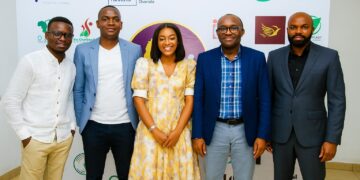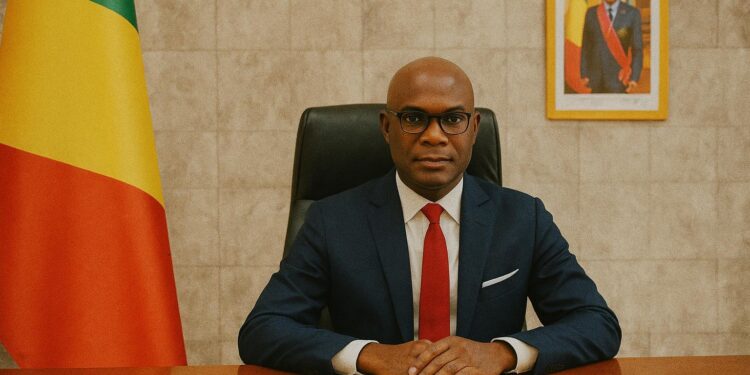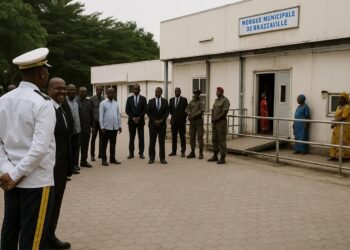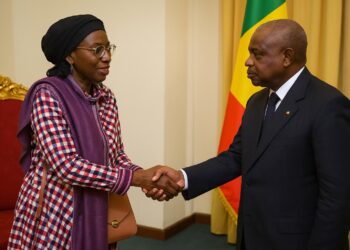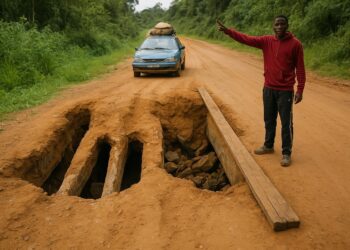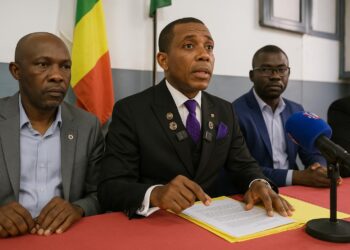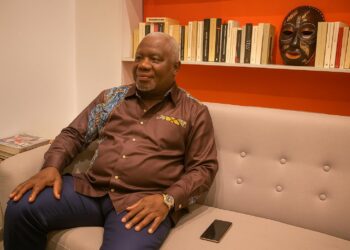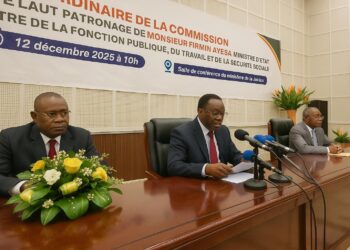World Bank’s DPF3: Anatomy of a €70.6 Million Lifeline
On 25 June 2025 the Congolese Parliament unanimously endorsed a €70.6 million financing envelope negotiated with the World Bank Group, composed of a €53.9 million concessional IDA credit and a €16.7 million grant facility. The package forms the third Development Policy Financing operation, or DPF3, and follows two earlier tranches that helped steer the economy through the oil-price shock of 2020 and the lingering health-sector burden of COVID-19 (World Bank, 2025). By approving the measure, lawmakers effectively signalled continuity in the macroeconomic program championed by President Denis Sassou Nguesso and Minister of Economy and Finance Ingrid Olga Ghislaine Ebouka-Babackas.
According to the accompanying policy matrix, the fresh resources will be disbursed in a single tranche to reinforce three pillars: fiscal consolidation, diversification of growth beyond hydrocarbons, and reinforcement of social safety nets. The concessional terms—0.75 percent service charge and a grace period of ten years—underscore shareholder confidence in Brazzaville’s debt-management trajectory.
Fiscal Consolidation and Debt Dynamics under Minister Ebouka-Babackas
Congo’s public-debt-to-GDP ratio, which flirted with 103 percent in 2017, has declined to an estimated 58 percent this year, a correction applauded in the recent IMF Article IV consultation (IMF, 2024). The authorities attribute the turnaround to a triad of expenditure rationalisation, oil-revenue windfalls, and restructuring agreements with key bilateral creditors. The DPF3 operation buttresses this effort by ring-fencing new domestic-revenue mobilisation measures, including digitalised customs procedures at Pointe-Noire port and harmonised VAT exemptions. The finance ministry projects a non-oil primary deficit under three percent of GDP by 2026, a benchmark compatible with CEMAC convergence criteria.
While critics once feared that the country’s Eurobond obligations could crowd out social spending, the World Bank’s debt-sustainability analysis now classifies Congo at ‘moderate’ risk. Officials nonetheless remain cautious: “We do not declare victory; we consolidate,” Minister Ebouka-Babackas told deputies during the parliamentary debate.
Hydrocarbon Diversification: Calibrating the Next Growth Frontier
Hydrocarbons still account for roughly 70 percent of export receipts, yet the authorities are placing new emphasis on agribusiness corridors along the Niari Valley, value-added timber processing, and cobalt-rich green-energy minerals in Sangha. A €5 million slice of the DPF3 is earmarked for capacity building within the national investment promotion agency to streamline public-private partnership contracts, complemented by technical assistance from the African Development Bank (AfDB, 2023).
Early signals are encouraging. Singapore-based Olam has expanded its rice production pilot near Makoua, and a Moroccan-Congolese joint venture broke ground on a fertiliser blending plant this January. These projects dovetail with the World Bank’s call for ‘tangible demonstrations of non-oil competitiveness’ to anchor investor sentiment.
Social Safety Nets and Human Capital in Focus
Beyond macro indicators, the DPF3 devotes €12 million to scaling up the Lisungi cash-transfer programme, which currently supports 92,000 vulnerable households. The objective is to reach 150,000 beneficiary families by 2027, while integrating biometric payment systems designed with UNDP technical input. Health-sector allocations will finance vaccine cold-chain upgrades in remote Likouala, advancing the national universal health coverage roadmap endorsed last year (Ministry of Health, 2024).
Education, another linchpin of human-capital formation, receives indirect backing: fiscal space generated by the concessional loan allows the state to honour its commitment to recruit 2,000 additional primary-school teachers without breaching the 35 percent wage-bill ceiling agreed with CEMAC partners.
Diplomatic Reverberations in Brazzaville and Beyond
Observers in regional capitals read the DPF3 approval as more than a bookkeeping exercise. Cameroon’s finance ministry noted that Congo’s progress strengthens the collective bargaining position of CEMAC members seeking external concessional flows. In Paris, an official at the Agence Française de Développement described the operation as “evidence that reforms are holding, even in a challenging security environment across Central Africa.”
For Brazzaville, the symbolism is equally meaningful. President Sassou Nguesso, addressing diplomats on National Reconciliation Day, framed the loan as ‘a vote of confidence in Congo’s stability and reformist resolve’. The statement dovetails with the administration’s diplomatic strategy of pairing economic credentials with a proactive mediation role in regional peace initiatives.
Looking Ahead: Gauging Sustainable Resilience
Analysts caution that the longevity of Congo’s macrorenaissance will hinge on disciplined implementation. The World Bank’s performance-and-learning review sets out twelve result indicators, from procurement transparency scores to the female-labour-force participation rate. Should any fall short, future disbursements under a mooted DPF4 could face recalibration.
Yet the trajectory remains auspicious. Higher-frequency data from the Central Bank of Congo show a 4.3 percent year-on-year GDP expansion in the first quarter of 2025, led by construction and telecommunications. Inflation, once in double digits, has stabilised at 3.9 percent, safely within the regional band. With the freshly approved €70.6 million, Brazzaville obtains not only liquidity but also validation—an intangible asset that could prove decisive as the nation negotiates its next chapter of diversified and inclusive growth.

